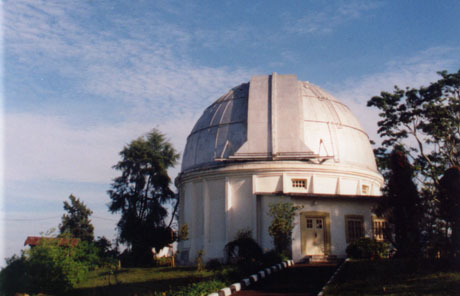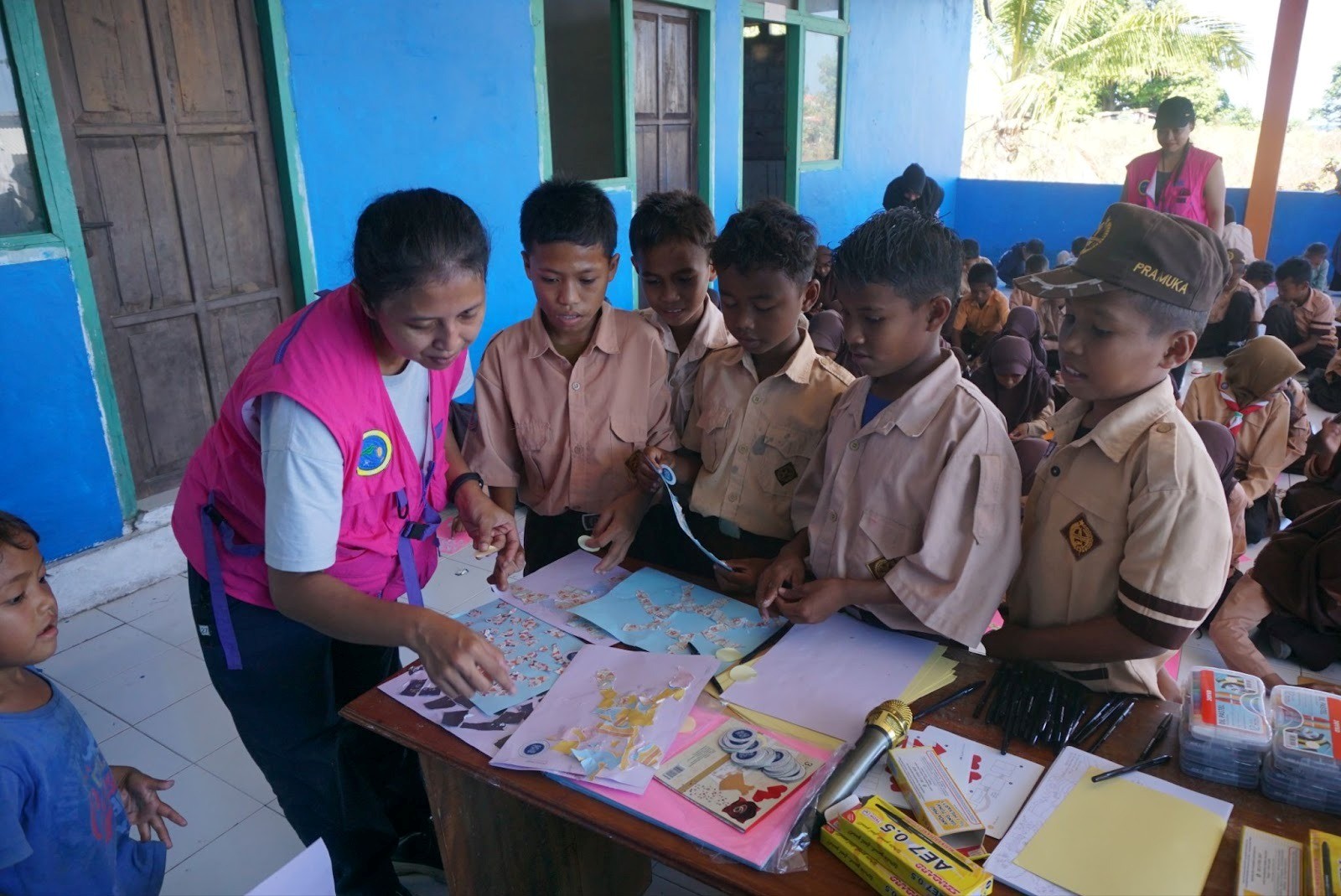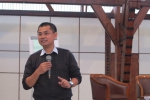Bosscha Contributed in Determining 1432 Hijri Eid al-Fitr
By UKM Student English Forum
Editor UKM Student English Forum

 JAKARTA, itb.ac.id - Like in previous years, Bosscha Observatory played a key element in determining when the Islamic holy month, Ramadan, ends, and Eid al-Fitr comes. Eid typically arrives when hilal, or a crescent moon, is visible, thus marking the beginning of a new month and an end to the Ramadan month based on the Arabic lunar calendar system. This year, the observatory determined Eid to be August 31.
JAKARTA, itb.ac.id - Like in previous years, Bosscha Observatory played a key element in determining when the Islamic holy month, Ramadan, ends, and Eid al-Fitr comes. Eid typically arrives when hilal, or a crescent moon, is visible, thus marking the beginning of a new month and an end to the Ramadan month based on the Arabic lunar calendar system. This year, the observatory determined Eid to be August 31.
"Bosscha conducted a continuous observation in ten spots," ITB's Head of Astronomy Major, as well as Bosscha's spokesperson for the Ministry of Religion, Dr. Moedji Raharto, explained in the 'Istbat Meeting', a meeting where the Ministry of Religion and various relevant public figures gathered in order to determine the exact date of Eid. The meeting was conducted on the evening of August 29, amidst the public's increasing anxiety and confusion due to different religious groups having their own Eid dates.
"Hilal isn't visible in any of the ten spots being observed," Moedji stated, implying that the next day is still Ramadan and Eid will most probably come on August 31.
There are many disagreements each year, however, on Eid comes. This stems from the tradition of sighting the crescent moon with the naked eye; as such, there are differences for countries in different parts of the globe. More recently, however, some Muslims are leaning towards using astronomical calculations to avoid this confusion.
Moedji explained that on August 29, the crescent moon should be almost impossible to be seen by the naked eye because the light from the sun during afternoon hours would be far brighter from the light of the moon. It would be visible by at least August 30 afternoon.
In August 31, the Salman ITB Mosque held a mass Eid prayer. Minister of Marine and Fishery Affairs, Fadel Muhammad, delivered the Eid sermon in the Campus Center Yard.
Picture taken from: bosscha.itb.ac.id
"Hilal isn't visible in any of the ten spots being observed," Moedji stated, implying that the next day is still Ramadan and Eid will most probably come on August 31.
There are many disagreements each year, however, on Eid comes. This stems from the tradition of sighting the crescent moon with the naked eye; as such, there are differences for countries in different parts of the globe. More recently, however, some Muslims are leaning towards using astronomical calculations to avoid this confusion.
Moedji explained that on August 29, the crescent moon should be almost impossible to be seen by the naked eye because the light from the sun during afternoon hours would be far brighter from the light of the moon. It would be visible by at least August 30 afternoon.
In August 31, the Salman ITB Mosque held a mass Eid prayer. Minister of Marine and Fishery Affairs, Fadel Muhammad, delivered the Eid sermon in the Campus Center Yard.
Picture taken from: bosscha.itb.ac.id

.jpg)
.jpg)


.jpg)

.jpg)